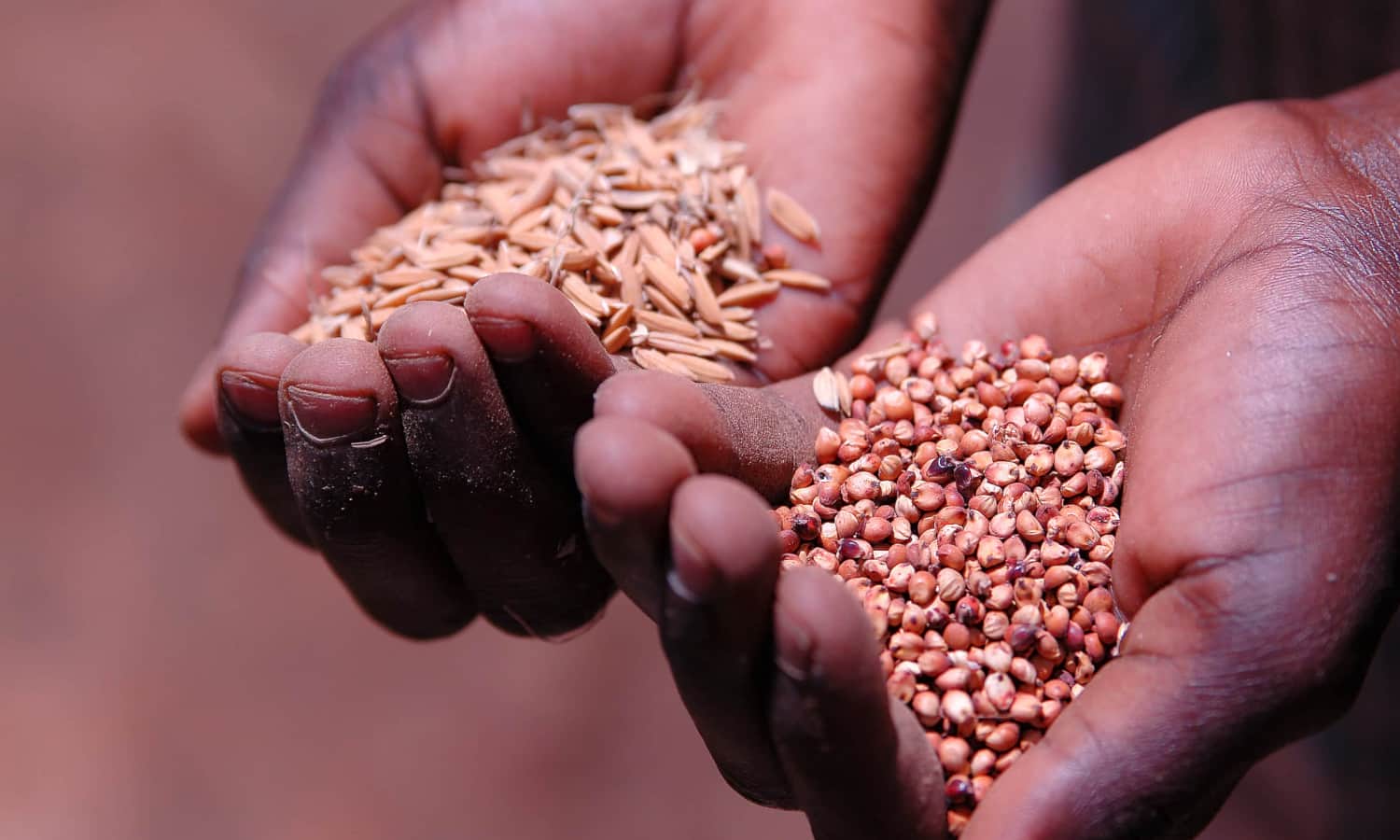Over 462 million people across the world are affected by Type II diabetes, a metabolic disease that results in 1.6 million deaths per year. Nutrient-poor diets can result in chronically elevated blood glucose levels, but a recent study from the International Crop Research Institute for the Semi-Arid Tropics (ICRISAT) finds that millet consumption can help people with diabetes return their blood sugar to pre-diabetic levels.
Millets are a category of cereal grasses with small, edible seeds. According to The Millet Foundation, millet grains require little water to grow and have a shorter cultivation time than rice. On average, the glycemic index (GI)—a system that ranks foods based on their effects on blood sugar levels—of millets is 36 percent lower than milled rice.
Scientists from seven organizations in India, Japan, Malawi, and the United Kingdom recently participated in a systematic review and meta-analyses to understand the effects of different carbohydrate sources on diabetes risk. Results show that individuals who consumed millets instead of refined control samples returned their blood glucose to normal, non-risk levels.
“Eating a diet with lowered GI reduces scope for drastic fluctuations of blood glucose levels, which in turn has a host of other metabolic and physiological benefits in both the short- and long-term,” Joanna Kane-Potaka, an author on the study and Assistant Director General – External Relations at ICRISAT tells Food Tank.
Study authors hope the results will encourage staple crop diversification across Asia and Africa, where roughly 70 percent of daily calories currently come from refined rice, wheat, or maize. Nutrition experts expect diabetes rates in sub-Saharan Africa to increase by 143 percent in the next 25 years, but increasing dietary diversity can help curtail the rise.
Kane-Potaka explains that millet production has suffered due to poorly developed value chains and low popularity. But she remains optimistic about their role in modern diets due to their health benefits and gentle environmental impact.
“Millets can be cooked just like rice,” Kane-Potaka tells Food Tank. “They can be used as a gluten free flour and in porridge, salads and desserts.” Millets are also being featured by climate-conscious chefs, used to brew gluten-free beer, and included in pancake mix.
While millet consumption may be part of a comprehensive diabetes management plan, it is not a cure-all solution. “Preventing and managing diabetes requires a whole lifestyle approach,” Kane-Potaka tells Food Tank. “Diet is a critical part of this but should be designed along with considerations of physical activity and overall lifestyle.”
The U.N. Food and Agriculture Organization (FAO) has declared 2023 the International Year of Millets, promising increased global awareness of health benefits, and a higher minimum support price of millets like jowar, bajra, maize, and ragi. According to Kane-Potaka, “this is expected to be the turning point for global attention to millets.”






